Housing prices remain "high", cash flow seeks direction of movement
Research data from the Vietnam Real Estate Market Research and Evaluation Institute (VARS IRE) shows that in the first 9 months of 2025, the Hanoi market recorded about 22,000 newly opened apartments, equivalent to 64% of the total supply in 2024 and the highest level in the same period of 2019 - 2025. In particular, apartments continue to play a leading role, accounting for 76% of the total new supply.

However, the selling price has not cooled down, even "hotter" when new projects with prices above 100 million VND/ m2 are becoming more and more popular. The apartment price index (the price index reflects the average selling price fluctuation of the period (current time) compared to the base period (first quarter of 2019) of projects in the project sample selected and observed by VARS) in Hanoi in the third quarter of 2025 increased by 5% compared to the previous quarter and increased by 96.2% compared to the base quarter (first quarter of 2019) - 1.7 times the increase of the old Ho Chi Minh City in the same period.
The primary price level of apartments (apartments for sale for the first time) in Hanoi also set a new "mark", averaging 95 million VND/ m2 , higher than Ho Chi Minh City, with more than 43% of new supply in the third quarter priced above 120 million VND/ m2 .
High “anchored” housing prices have narrowed the price increase margin, reducing the attractiveness of investment capital. At the same time, capital values are also beyond the financial capacity of many investors, causing cash flow to begin to move out of Hanoi to seek new opportunities in markets with reasonable prices and higher growth potential.
In addition to concentrating in the provinces surrounding Hanoi with complete infrastructure connections, cash flow is shifting strongly to the Southern region.
Deputy Secretary General of the Vietnam Association of Realtors (VARS) Nguyen Thai Binh informed that at the end of the second quarter, preliminary statistics from a number of investors showed that customers from the North accounted for about 20% of total transactions in the South in the first half of the year, double the same period last year. By the end of the third quarter, this rate had reached 30%, almost equal to the bustling period of 2016 - 2020.
Accordingly, the Southern region attracts capital thanks to the price level maintained at the accumulated level over the past 3 years, creating room for growth and attractive profit margins for investors. Some areas on the outskirts of the old Ho Chi Minh City, including merged localities, have price levels 30-40% lower than Hanoi, while infrastructure connections and urbanization speed increase sharply.
For example, in Hanoi, with 2-4 billion VND, you can only buy a 1-bedroom or 1+1 apartment, while in Ho Chi Minh City, investors can choose more diversely, from apartments to individual houses. Notably, the price of some newly opened projects in the suburban areas of Ho Chi Minh City is currently only 2/3 compared to the suburban areas of Hanoi, making the price increase margin in the medium and long term more attractive.
Capital flows from Hanoi to Ho Chi Minh City and surrounding areas are not only to “hunt for cheap prices” but also to diversify portfolios and optimize capital efficiency. Compared to Hanoi, the Ho Chi Minh City market has clear differentiation, especially in the high-end apartment segment, with complete legal documents and prime locations, meeting the long-term asset accumulation needs of potential investors.
This is a product line that brings double profit value, both potential for price increase and effective rental thanks to the advantage of a dynamic economic center, strongly attracting FDI and foreign experts with high-end housing needs.
Infrastructure is accelerating, opening up opportunities but caution is needed
The “Southward expansion” trend is also driven by the return of a series of large investors in the South after legal issues were resolved, along with strong communication campaigns. In particular, many individual investors from Hanoi tend to go with familiar investors when they expand their projects to the South, taking advantage of their understanding of the brand and implementation capacity.
Several large-scale projects, such as the urban complex in Can Gio, have received great attention from Hanoi investors since their launch thanks to their strategic location and long-term development potential. Northern brokerage firms have also rapidly expanded their branches in the South, bringing with them their customer ecosystem and services.
Not only that, some projects of big investors have low prices while similar projects in the North have doubled in price, and have been "dug up" by many investors, even with prices increasing by 5% in 1 week.
An important factor that helps strengthen investment attraction is the infrastructure development policy and regional planning motivation after the administrative merger of the new Ho Chi Minh City. Many new projects are currently closely following metro lines, belt roads, and key traffic axes, improving inter-regional connectivity and increasing future asset value, especially attractive to Hanoi investors.
VARS IRE believes that, in general, the “Southward” wave of real estate investment cash flow is getting stronger. The South, especially Ho Chi Minh City, is gradually becoming a new destination thanks to reasonable prices, accelerated infrastructure and improved legal framework.
However, investors need to carefully select segments, evaluate financial capacity and prioritize long-term strategies instead of expecting quick profits, to ensure safety and efficiency in the context of market restructuring. In the context that most transactions still rely on investment demand, while supply is increasing rapidly; if investors use too much borrowed capital to invest widely, they may fall into a passive position when interest rates increase or liquidity decreases. The worst scenario is that the cash flow disruption can lead to project stagnation, affecting market sentiment and investor confidence.
Source: https://daibieunhandan.vn/lan-song-nam-tien-cua-dong-von-bat-dong-san-10394920.html



![[Photo] "Ship graveyard" on Xuan Dai Bay](https://vphoto.vietnam.vn/thumb/1200x675/vietnam/resource/IMAGE/2025/11/08/1762577162805_ndo_br_tb5-jpg.webp)

![[Photo] Heavy damage after storm No. 13 in Song Cau ward, Dak Lak province](https://vphoto.vietnam.vn/thumb/1200x675/vietnam/resource/IMAGE/2025/11/08/1762574759594_img-0541-7441-jpg.webp)


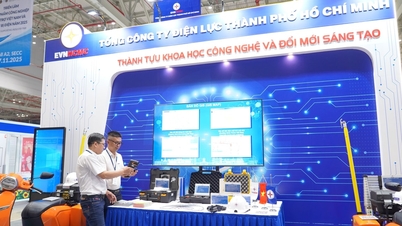















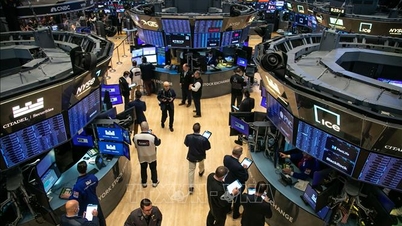






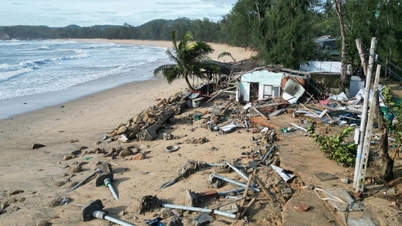




![[Video] Hue Monuments reopen to welcome visitors](https://vphoto.vietnam.vn/thumb/402x226/vietnam/resource/IMAGE/2025/11/05/1762301089171_dung01-05-43-09still013-jpg.webp)








































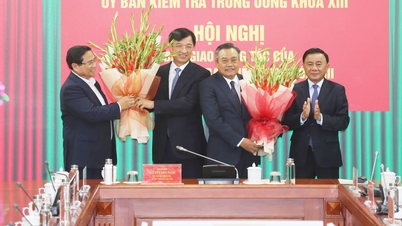

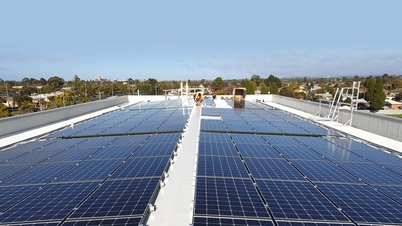



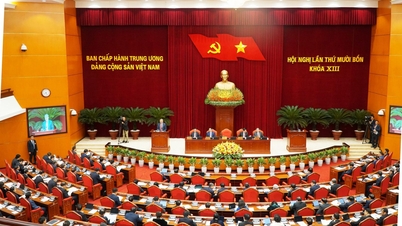




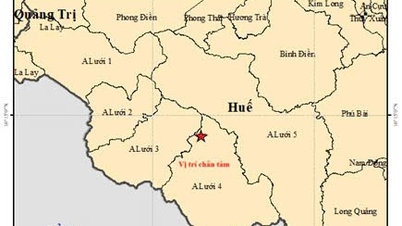




















Comment (0)